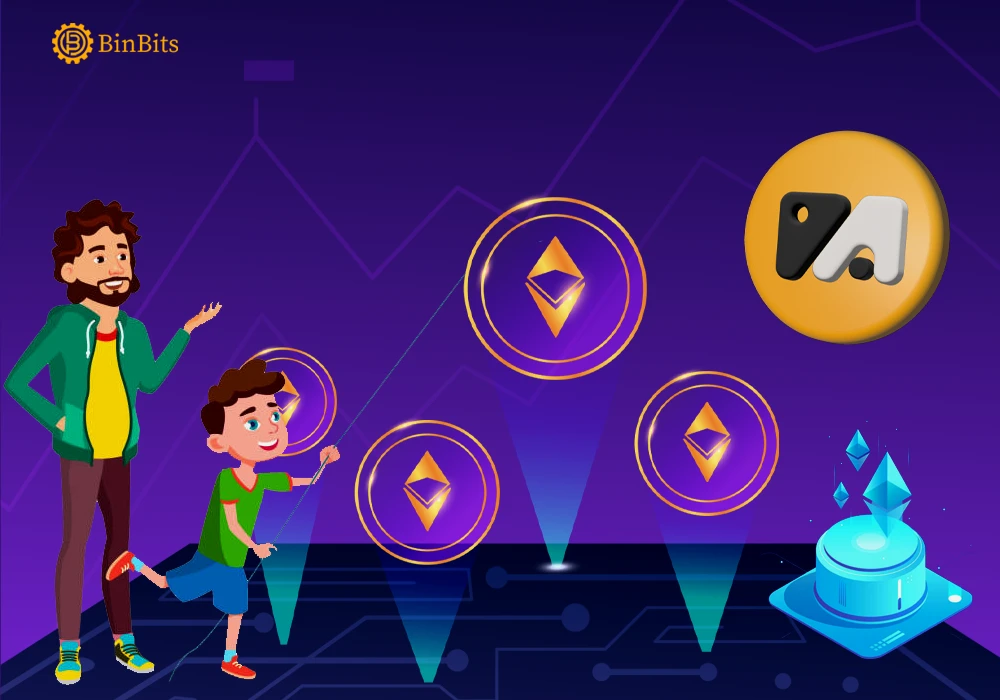Popular product of BITDAO, Mantle network has launched its testnet on Ethereum. The project confirmed the update in its Twitter post on Tuesday. As revealed, the testnet paves the way for potential developers to build on a high-performance, low-cost and high security chain.
Notably, Mantle describes its network as the best bet for developers seeking to redefine a brand new web3 future. According to the project, its network is modular in design and is being owned and governed by the community. Further in the announcement, it released a form link for developers to sign up in a bid to develop their respective web3-oriented innovations.
The Ethereum layer 2 chain underscores the significance of modular blockchain roll ups. According to the project, the core functions of blockchain operation, including execution, consensus, settlement and data availability are carrier out on specialized layers. Through the application of this principle, Mantle network said it has been able to optimize the solution for low costs and high performance.
Further, the platform announced that it integrated a new staking solution to its testnet. As revealed, the new solution harness Ethereum’s existing trust network for aiding any rollup-based L2, thereby guaranteeing data availability to its execution layer. More so, the solution sustains the same level of security with the Ethereum mainnet.
Mantle working with Eigenlayer to avail data availability to its network
Remarkably, Mantle network also announced its ongoing collaboration with Eigenlayer, a project geared towards hyper-scaling Ethereum. Through this collaboration, the layer 2 project seeks to allow nodes provide data availability services to its network. Beyond this, it also aims to decentralize the sequencer, thereby allowing everyone to join a permissionless set of L2 producers. According to the announcement, the platform plans to avail all nodes working as sequencers with $BIT rewards.
Worthy of note that Mantle relies on EVM-level instructions to compile and verify fraud proofs. This allows every Ethereum subscriber to interact with a common proof system permissionlessly, thereby reducing trust assumptions across verifiers, clients and compilers.
Meanwhile, the BitDAO product, in its testnet announcement, also highlighted the transaction lifecycle of the network. According to the platform, the lifecycle starts when the transaction first enters Mantle via a wallet or dApp. Then, it is batched and sent for block data authentication through the MPC nodes. Afterward, it sees instant transaction and consequently transmitted to L1.
Read More:

